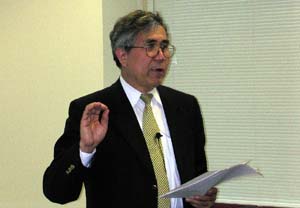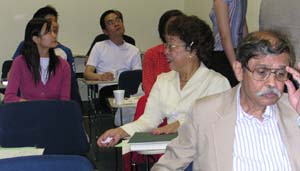
The publication of Zhongguo Shuyuan earlier this year by Shanghai Educational Press is a significant turning point, in the study and appreciation of the educational role academies played in traditional China. I wrote the English introduction for the book, which is richly illustrated with pictures.
Academies dated to the eighth century and have until the early twentieth century remained the mainstay of China’s private education. The infusion of Neo-Confucian educational ideals in the twelfth century helped to make it an indispensable vehicle for teaching the moral ideals of a Chinese person. By the end of the Song Dynasty (960-1278), there were already more than 400 academies, largely thanks to the efforts of Neo-Confucian scholars, under particularly the influence of Zhu Xi (1230-1300).

The academies were often the starting public place a scholar wishing to preach his own educational ideal used for the purpose. As time when on, however, many academies were founded also by the government, to prepare students for taking the civil service examinations. Successful candidates from the examinations were eligible for office, a career path highly coveted in traditional China.
Academies therefore played an important role of providing education for a large population, but its emphasis was never far from individual person’s moral perfection. Throughout Chinese history, there were more than 8,000 academies founded in different times. Its sense of mission continues to be cherished by the Chinese today.

